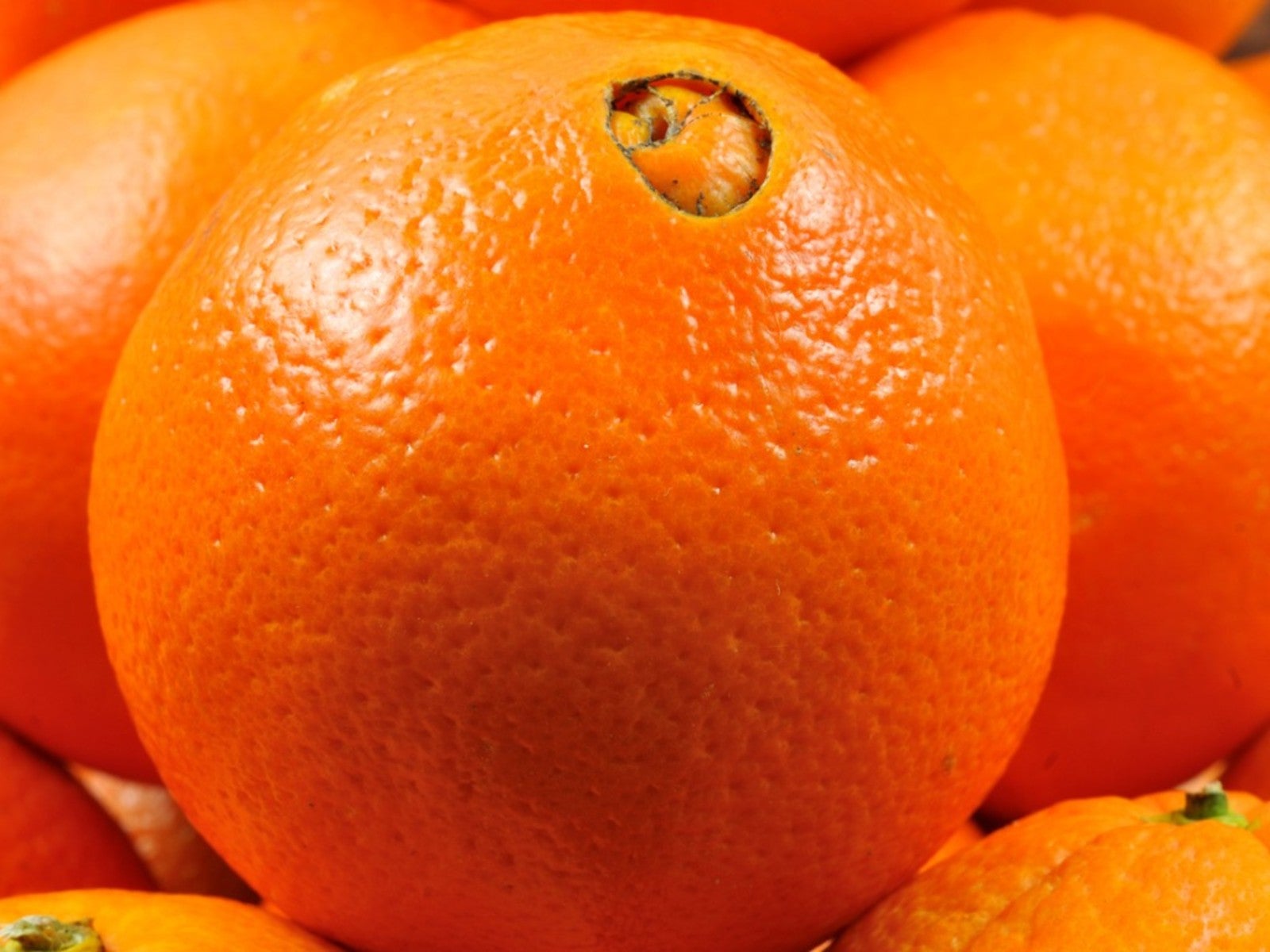Growing Navel Oranges – Learn About Navel Orange Care


Sweet, delicious, and easy to peel, navel orange is a popular fruit found in most supermarkets. The unusual-looking seedless fruit is easy to spot because of the partially formed, belly-button-shaped orange that grows at the bottom end of the fruit.
Navel orange trees are relatively easy to grow in the warm climates of USDA plant hardiness zones 9 through 11, (zone 8 is possible with extra protection). In the United States, commercial navel orange trees are grown primarily in California, Arizona, and Florida.
Read on and learn about growing navel oranges.
How To Grow Navel Oranges: Tips On Navel Orange Care
Plant navel orange trees in early to mid-spring so the roots have time to establish before temperatures drop in fall. If you live in a very hot climate, plant in fall when temperatures are cooler.
Site navel orange trees in full sunlight. If possible, locate the tree on the south or southeast side of your house to provide extra protection from wind and cold. Be sure to allow at least 12 to 15 feet (2.5 to 4.5 m.) of space from structures, walkways, and sidewalks.
Navel orange trees require well-drained or sandy soil that allows the roots to dry between waterings. Dig in a generous amount of well-rotted manure, compost, or other organic matter to improve soil quality, but don’t add mulch or peat moss, which holds moisture.
Don’t fertilize the tree at planting time. Instead, wait until new growth appears in a few weeks. Thereafter, provide growing navel oranges a healthy handful of balanced fertilizer or citrus fertilizer every six weeks from February to September.
Sign up for the Gardening Know How newsletter today and receive a free copy of our e-book "How to Grow Delicious Tomatoes".
Pick developing fruit the first couple of years. Removing fruit when the tree is young ensures energy is devoted to growing a healthy navel orange tree.
Growing navel orange trees doesn't require much pruning, other than removal of dead, damaged, or crossing branches. This should be done annually before new growth appears in spring.

A Credentialed Garden Writer, Mary H. Dyer was with Gardening Know How in the very beginning, publishing articles as early as 2007.